
Elias Magnus Fries was a Swedish mycologist and botanist. He is sometimes called the "Linnaeus of Mycology". In his works he described and assigned botanical names to hundreds of fungus and lichen species, many of which remain authoritative today.
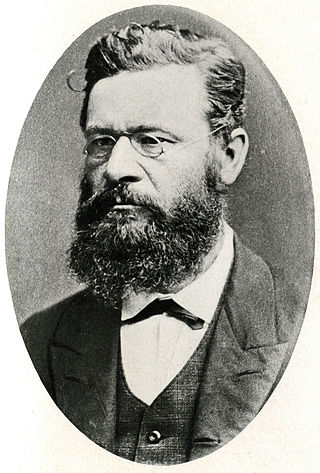
Petter Adolf Karsten was a Finnish mycologist, the foremost expert on the fungi of Finland in his day, and known in consequence as the "father of Finnish mycology".
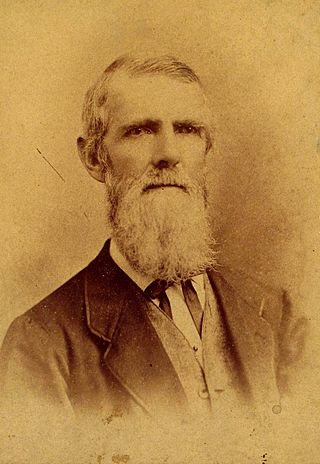
Henry William Ravenel was an American planter and botanist. He studied fungi and cryptogams in South Carolina, discovering a large number of new species. The genus Ravenelia is named after him, along with many of the species he discovered.

Karl Wilhelm Gottlieb Leopold Fuckel was a German botanist who worked largely on fungi.
Jafnea is a genus of fungi in the family Pyronemataceae. It was circumscribed by mycologist Richard Korf in 1960.
Nannfeldtiella is a genus of fungi in the family Pyronemataceae.
Vladimir Andreevich Tranzschel was a Russian and later Soviet botanist, mycologist and plant pathologist, especially an expert on rust fungi.
Aino Marjatta Henssen, was a German lichenologist and systematist. Her father, Gottfried Henssen, was a folklorist and her mother was Finnish.
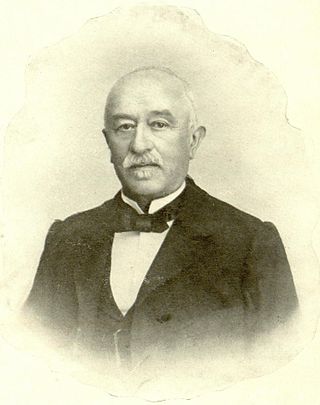
Jean-Maurice Casimir Arvet-Touvet (1841–1913) was a French botanist born in Gières.

Albert Pilát was a Czech botanist and mycologist. He studied at the Faculty of Science at Charles University, under the guidance of Professor Josef Velenovský. In 1930, he joined the National Museum, eventually becoming head of the Mycological Department, and in 1960 a corresponding member of the academy. He was the author of many popular and scholarly publications in the field of mycology and mountain flora. He also served as the main editor of the scientific journal Czech Mycology, and described several species of fungi. His areas of particular interest include polypores and boletes. He explored the Carpathians looking for fungi and travelled widely. Between 1933 and 1948 he edited the exsiccata series Fungi Carpatici lignicoli exsiccati. He was also a skilled photographer.
Alexandre François Malbranche was a French pharmacist, botanist and mycologist. He is known for his botanical and mycological studies associated with Normandy,

Casimir Roumeguère was a French botanist and mycologist.

František Bubák was a Czech mycologist and phytopathologist.
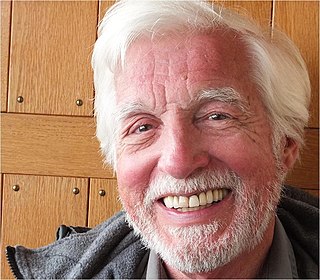
Kálmán Géza Vánky was a Hungarian mycologist with Swedish and Hungarian citizenship, who lived in Germany. He was considered to be the worldwide authority on the subject of smut fungi and has dominated the taxonomic study of Ustilaginomycetes for at least the past four decades.
Johannes Rick was an Austrian-born Brazilian priest and mycologist considered the "father of Brazilian mycology". He was the first to systematically document the fungal biodiversity, particularly the macrofungi, of Southern Brazil. Rick established communications with several contemporary mycologists, such as Giacomo Bresadola, Curtis Gates Lloyd, Heinrich Rehm, and Hans Sydow, who helped him identify his Brazilian collections. Rick was a schoolteacher in Feldkirch from 1894 to 1898 before becoming a theology student in Valkenburg (Netherlands) from 1899 until 1902. After moving to Brazil in 1902, he was a teacher until 1915, then a social worker from 1915 to 1929, and finally Professor of theology until 1942. Between 1904 and 1911 he edited the exsiccata Fungi Austro-Americani exsiccati.
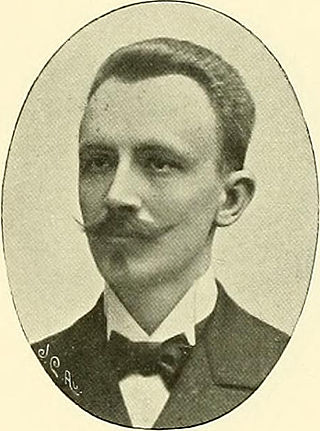
Gustaf Oskar Andersson Malme was a Swedish botanist.

Christian Stenhammar (1783-1866) was a Swedish naturalist interested in lichens and an entomologist who specialised in Diptera.His collection is held by Uppsala University. He was a clergyman.
Rolf Santesson (1916–2013) was a Swedish lichenologist and university lecturer. He was awarded the Acharius Medal in 1992 for his lifetime contributions to lichenology.

Exsiccata is a work with "published, uniform, numbered set[s] of preserved specimens distributed with printed labels". Typically, exsiccatae are numbered collections of dried herbarium specimens or preserved biological samples published in several duplicate sets with a common theme or title, such as Lichenes Helvetici. Exsiccatae are regarded as scientific contributions of the editor(s) with characteristics from the library world and features from the herbarium world. Exsiccatae works represent a special method of scholarly communication. The text in the printed matters/published booklets is basically a list of labels (schedae) with information on each single numbered exsiccatal unit. Extensions of the concept occur.
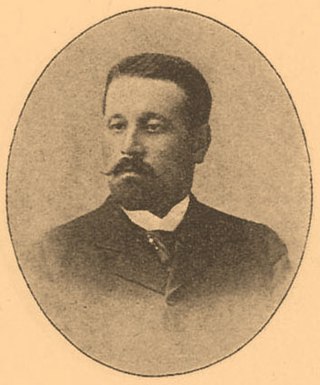
Arthur Louis Arthurovič de Jaczewski also as Artur Arturovich Yachevsky was a Russian biologist who was involved in studies on plant pathogenic fungi and was involved in the application of phytopathology to agronomy. The genera Jaczewskia and Jaczewskiella are named after him. His son Petr Arturovich Jaczewski (1908-1942) was also a mycologist.













